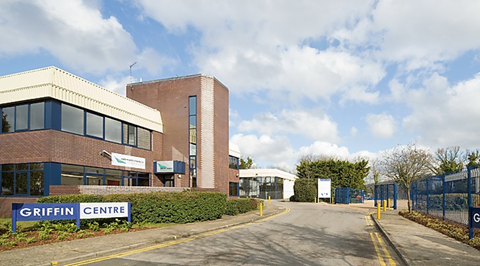Despite Greater London industrial deals reaching a record high of more than £1bn in 2017, investor appetite appears to have remained unabated during the early stages of 2018. Unsurprisingly, the various built opportunities being marketed continue to see strong interest.

These high volumes have not been driven up by a large number of sellers but instead by a huge inflow of equity into the industrial sector, particularly in London. As a result, Greater London industrial developments have now become the cornerstone of a balanced investment portfolio. While on the surface the number of investors willing to fund development within the region appears to be decreasing, significant development opportunities do still exist.
The biggest factor encouraging industrial development is land-grabbing from the various other needs within London. While the Greater London Authority announced aims to protect employment land and use innovative design approaches to maximise density on residential schemes, the never-ending influx of new inhabitants into the capital means more and more land is slipping away from industrial use.
Consequently, those parties that are actively funding developments are acquiring ‘best-in-class’ assets that are largely future-proofed, limiting capital expenditure for the medium to long term. This stands in contrast to those investors acquiring built assets, many of which are beginning to show signs of age and will require expenditure when their leases expire.

More recently, with the lack of supply in the Greater London region, landlords have been able to delay redevelopment and recycle their assets thanks to the limited rental discount between primary and secondary stock. However, this approach only has a limited shelf life. Build times on developments are now so fast that the assets can become income producing in a relatively short time, leading existing landlords to question whether to ‘stick or twist’ on a redevelopment.
In addition, demand in London remains strong within the 5,000 sq ft to 20,000 sq ft size bracket given the distinct lack of good-quality stock available. The result is increased demand from SMEs and last-mile delivery businesses working to secure future-proofed premises in the current stock-starved market.
A recent internal review of our core occupational markets indicated strong levels of enquiries from SMEs looking to occupy this size bracket. Although SMEs traditionally provide a lesser covenant to the investor, these occupiers are becoming increasingly important, especially as the traditional trade counter operators appear to be slowing their growth plans.
With the above factors supporting development and continuing downward yield compression for upstanding opportunities, there is evidence to suggest that development on smaller sites with a gross development value of £15m or lower will continue to be an attractive entry point for investors into the London industrial sector.
Philip Colman is divisional partner in the investment team at Glenny































No comments yet